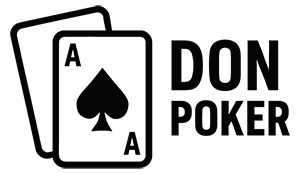So you’ve learned the rules, picked up some strategy, and maybe even won a few hands. Great. But none of that matters if you can’t manage your money. Without proper bankroll management, even solid players can end up busted.
What Is Bankroll Management?
It’s the practice of protecting your poker funds so you can survive downswings, play consistently, and never dip into your rent money because you “felt good about Ace-9 offsuit.”
Why It Matters
Poker has variance. You can play perfectly and still lose for days or weeks. If you don’t manage your bankroll, those downswings turn into disaster.
How Big Should Your Bankroll Be?
- Cash Games: Have at least 20–30 buy-ins for the stakes you play.
- Tournaments: Have 50–100 buy-ins. Variance hits harder here.
Stick to Stakes That Fit
Play stakes that make mistakes affordable. If you’re terrified of losing, you’re not thinking clearly. Confidence matters.
Don’t Chase Losses
Jumping up in stakes to “win it back” is a fast track to going broke. Stay the course.
Track Your Play
Record your buy-ins, cash-outs, and notes. Awareness = improvement.
Set Limits – Financial and Emotional
- Stop-loss: “If I lose X today, I’m done.”
- Time limit: “I’ll only play for 2 hours.”
- Tilt check: “If I start raging, I leave.”
Bankroll Rules for Life
- Only play with money you can afford to lose
- Use 20–30 buy-ins for cash games, 50–100 for tournaments
- Track results and use limits
- Play smart, not scared
Bankroll management isn’t glamorous, but it’s what lets you keep playing—and that’s the whole point.
Next Up: Where to Play Poker
